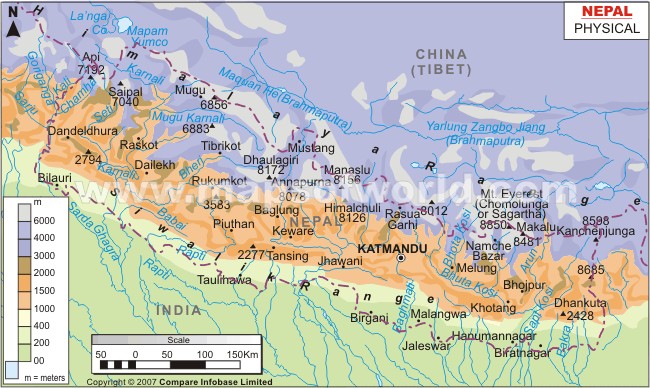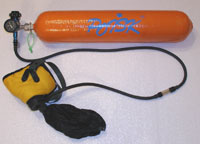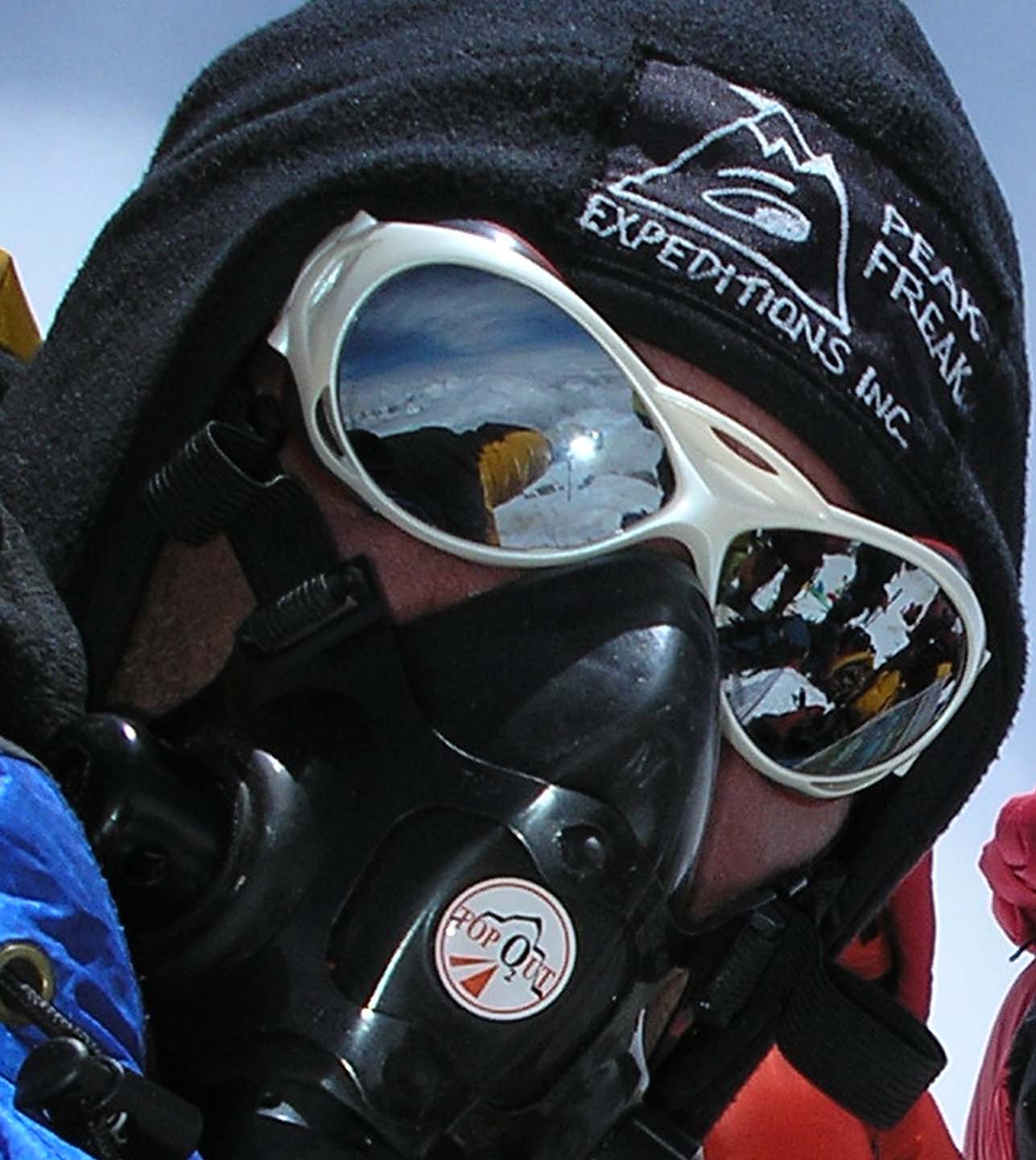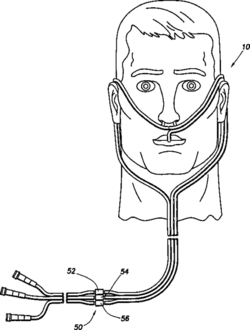Week 19 Update: Oct 28, 2013
Had an up and down week. After shaking off some bug from last week, I managed to crawl out of my fatigued state only to endure a bit more sleep deprivation. Patrick - my son - had swim practice on Tuesday, Wednesday, and Friday mornings at 4:30am this week. If I could switch my schedule to those hours, I wouldn't mind the early wake-up time. Wednesday and Friday mornings are the worst of all worlds. I noted before that I have swim practice from 7:30-9pm Tuesdays and Thursdays so I get home, eat, and try to fall asleep before midnight. Often, I lay awake staring at the top of the tent or worse, I lay awake reading until 1am. Bad sleep hygiene, I know it but I love reading and I need to use my time wisely. OK, enough complaining, here are my big points from this week:
- Sleep, sleep, sleep - best advice I can give to myself is sleep whenever and wherever possible. If I were grumpy while in your presence this week, I apologize. I cannot say it will not happen again but I aim to get better at sleeping and resting from now on.
- Lactate Threshold Time Trial was a smashing success on Friday - way better than I expected. I averaged just below a 6 min/mile pace for 30 minutes on a hilly course with my average HR at 170 for the last 20 minutes. I figured I could hold a 5:40 pace for a flat course but the hills in our neighborhood are quite steep. The extra 20 seconds per mile were far fewer than I expected. More on this point later in the post…
- I am slowly becoming a utilitarian eater. Nothing sounds good and often I just force myself to eat. The hypoxic sleep destroys my appetite. I love food and nothing sounds good. Now, I just eat. I eat all the time. Strangely enough, I never experienced this sensation when I was training before, however, I distinctly recall losing my appetite - or at least my taste for certain foods - on all high elevation climbs (above 12,000 feet). Time to eat for eating sake.
Workout Progress
I am using my time on the elliptical to warm-up and recover from runs. Also, I always ride the bike after running to save my legs for the run. The strange thing about running is that it is far more punishing than cycling. Lifting keeps me injury free as long as I adjust the weights according to my previous day workouts and soreness. So far, I am sticking to a nice load progression on the weights and see no ill effects. My overall aim is to maintain muscle mass throughout all these long weeks of aerobic conditioning. Cranking up the tunes in my home gym gives me the added boost to keep pushing to fatigue.

Like I noted last week, I was proud of myself to back off when I failed to recover and battled some bug. The time off really helped me shake off whatever ailed me. I decided to change my workout strategy last week. The 19.5 hours were distributed more toward the weekends rather than distributing the hours evenly throughout the week. I think I recover better when I back off during the week. Several exercise physiologists and coaches say “stress is stress” and I get it now. If I have a stressful work week along with a stressful training week, I am pooped at the end of the week. I intend to adjust my workouts according to my recovery and previous day or days stress. The more flexible routine might be difficult for me to plan for but I think it will help me recover from the steadily increasing load.

I added some annotations to the figure below to show everyone my plan for the upcoming and past months. My strategy to training for Everest comes from multiple sources - none specifically designed for high alpine training. The combination of Joe Friel and Phil Maffetone's endurance training along with Hypoxico's training regime for hypoxic acclimation (via the Sleep high-Train low, IHT, and hypoxic training) make for a complicated amalgam of stress. My rationale for the training approach is based upon my prior climbs and endurance training. I - like most other endurance athletes - need a strong base to progress; thus, the first 15 weeks of my training routine focused on building a solid foundation. Phase 1 reflects that foundation period where I worked on technique and pacing. Next, I need to build up my aerobic conditioning along with muscle strength and muscle endurance. Phase 2 - my current phase - focuses on a steady load progression for both aerobic and resistance training. I incorporated more speed work while sticking to weight training and ample low-intensity endurance training. The next phase is a blended phase that I am in the process of planning out. I intend to maintain my load progression through at least the first 7 weeks while slowly incorporating more hypoxic training. The hypoxic training reduces my training load and, as a result, may lead to undertraining or even an detraining effect. I want to avoid hitting the mountain in a less-than-fit state. The balance between aerobic conditioning, strength, and acclimatization seems like a fine line and I intend to balance all three. Finally, the last three weeks before I leave for Everest will focus almost exclusively on hypoxic conditioning. I want to be able to work hard at very high levels well before I leave for Everest. Due to the complexity of this schedule, I intend to consult with all the experts in my working team. If you are one of them, expect a few email messages for advice. Thanks for your support and I hope you find this new figure more useful than the previous.

Weekly Summary
Yet another lousy sleep week. Cheryl (my swim coach) suggested that I pay a high school swimmer to drive Patrick to morning swim practice. The idea sounded so appealing that I sent Patrick's coaches a note to inquire about some options. So far, no reply. Oh well. The next step is to avoid all morning swim practices - a bit extreme but may be necessary to keep me sane.
Mood
Last week's downturn did not exactly stall. The sleep deprivation from earlier this week continued to take its toll on me. I felt so bad on Wednesday - my rest day - that I ended up sleeping about 12 hours during the day. The fatigue was probably a result of multiple things including sleep deprivation, hypoxic sleep, increased training load, work stress, and some flu bug I didn't see to shake off. After Wednesday, my week really improved. I felt great after a complete day of rest on Wednesday.

Hypoxic Training
No hypoxia training again this week. I should probably start substituting hypoxic training - via IHT and hypoxic exercise - on these weeks when I am tired. Brian Oestrike (Hypoxico guy and fellow mountaineer) suggested this approach in previous email exchanges. The upcoming week will certainly include more hypoxic training. Time to get more acclimated at home while exercising. I need to use my time wisely. In fact, it is Monday morning and I am doing an IHT session while I write this blog post and complete my grant proposal. Here is a picture of me right now:
You will see from the figure below that my sleep quality is slowly improving. I guess the cold temperatures outdoors along with my success at battling the thermostat temperature at night allowed me to sleep more restfully. What is a bit alarming is my increased resting HR and decreased spO2. These trends are troubling for sure and I need to figure what may account for these changes.

Updates for the week
Last week was such a bear that I never got around to posting anything else. Sorry about the delays. I promise to post my pulmonary functioning update after I post this update. My delays are due solely to too much work and not enough time to do much of anything else. Here are some points that I want to highlight.
1. My lactate threshold time trial showed me that my training heart rates were way too low. I was consistently training in my lower zone 1 area where I could benefit a bit from some zone 2 workouts. Perhaps during this rough period, the zone 1 workouts are not bad. I will continue to press and monitor as I see fit while also checking my restwise recovery numbers.
2. Keep sending me suggestions on blog posts and even suggestions on how to improve my weekly updates. I also intend to start working on an update format for my climb. The more I automate the posts, the easier it will be for me to send in more frequent updates to the blog.
3. I intended to start hypoxic training last week but poor sleep and low motivation kept me from doing much of anything other than resting.
4. As I did last week, I want to personalize my blog post with a few notes of gratitude. Here goes…..
- Thank you Holly Ramos for words of encouragement and great thought-provoking blog posts (see here blog here). Your support means a ton to me. I recall your silent brilliance in high school calculus was motivating and humbling. Your comments have the same effect. Keep 'em coming.
- Thank you Fallon Goodman for your words of inspiration and encouragement. Fallon is one of my awesome graduate students who shows appreciation and gratitude in heaps. She also told me that my blog posts inspired her to workout.
- Thank you Melissa Smith who continues to offer encouragement and great feedback on my weekly updates. Melissa also retains the title “local social media expert” for her great suggestions on how I might make better use of social media. I remained somewhat behind the times but don't blame Melissa. Between Melissa and Erin Graham (my lovely surrogate daughter), I can navigate and occasionally use facebook and twitter.
- Thank you Erin Graham for being awesome and supportive. We all love you and can't wait for our next get together. Sorry for the sappy attention; I couldn't help it.
- Thank you Elaina Moy for being an awesome lane mate. You and Mike offer great support in so many ways I cannot write enought to express my gratitude. Keep up words of encouragement.
- Thank you Dave Henkel for your continued support and good luck at the Xterra World Championships
- Thank you Sara Colangelo who always comments on my blog posts. You are one of the many super-positive supporters who never ceases to amaze me with your positivity. I welcome every high five, smile, and atta boy you and Dave throw my way.
- Thank you Stu Williams for the awesome insights and emails that get me redirected during my dramatic down turns. Your positive but quiet demeanor help me stay focused and get more back on the horse when I fall off. Keep up the fine support and keep modeling those awesome streamline walls. One of these days, I will fix my slow walls. I promise.
- Thank you Manny Paiz for all the kind words at the pub. You energy and enthusiasm get me stoked for more work ahead. I love the high fives, words of encouragement, and positive remarks. The small things you provide in these brief encounters help me over the bumps.
- Thank you Cheryl Ward for you continued support throughout our weekly practice sessions. You offer me great feedback about my current conditionining and weekly updates. Keep up the insights and feedback. I am afraid my IHT session interfered with my writing. My fingers are numb and I can barely focus on what to write. More thanks later….I promise.
I know I left of some of you but I promise to write more in my next weekly blog post. My figures are tingling and I cannot write a word without a typo. Bear with me whie I regain my coppsure and get my bria right yeap, my bran right. I think Kathy may need to peel me off the floor. see you ext post…..










